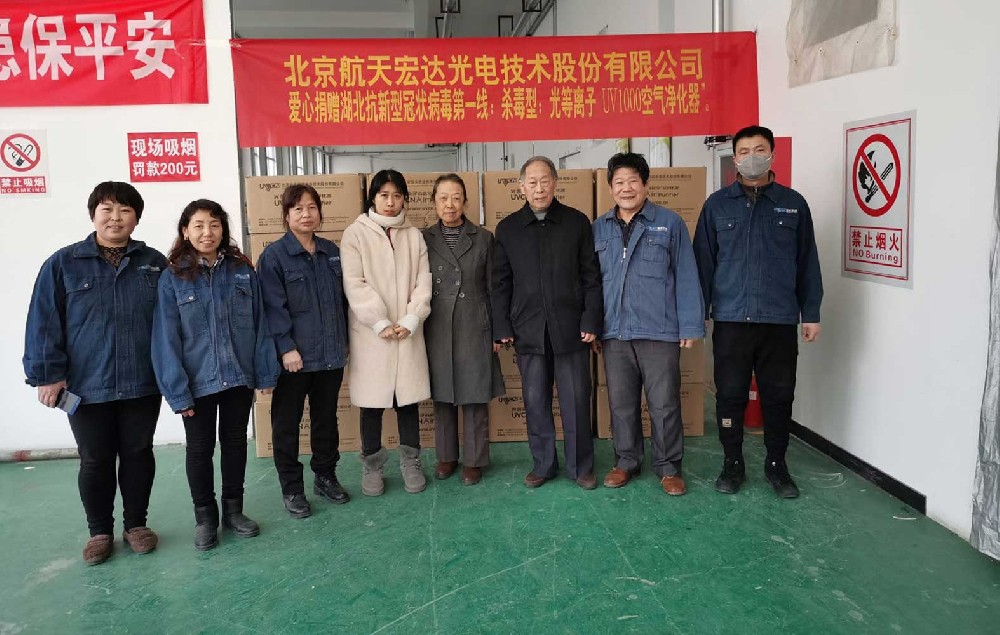Photoplasma purification technology is an advanced oxidative degradation technology formed by advanced photochemical reaction technology. Its energy composition is: dual wavelength (UVC, UVD) ultraviolet light+(photoelectric activation) → pure ozone (O3)+atomic oxygen (O)+ground state oxygen (O *). Through a special ultraviolet light source with two wavelengths, a series of strong bactericidal and disinfecting light and electric plasma clusters can be generated, collectively referred to as photoplasma.
Photoplasma purification technology is an advanced technology for actively purifying air. When air enters the purification room,
Its unique photoplasma technology can generate a large amount of photoplasma, and this air containing photoplasma will actively purify polluted air when it enters the room. Due to the change in traditional methods and technologies for passive air purification, the speed of air pollution control has been greatly improved. Photoplasma can destroy almost all organic pollutants; The negative ions generated at the same time can also eliminate particles in the air.
Photoplasma is rapidly reduced to carbon dioxide and water during the process of purifying air, without any chemical residues, does not produce secondary pollution, and is harmless to human health and the environment. Photoplasma purification technology has been proven to be an effective method for eliminating air and object surface pollution.
Through experimental comparison:
When plasma high-pressure discharge ozone is used to remove biological pollution on the surface of an object, it takes about 10 hours.
When irradiated with ultraviolet light, it takes about 1 hour to achieve the same cleaning effect.
When using plasma high-voltage discharge ozone and ultraviolet light irradiation simultaneously, it takes about 1.5 minutes to achieve the same removal effect.
When using photoplasma technology to achieve the same cleaning effect, it only takes 20 seconds.
Photoplasma technology is the use of photon energy to break the polymer chains and macromolecular chains of organic matter into small molecules, atoms, free radicals, etc; And convert oxygen molecules in the air into ozone O3. O3 generates ground state oxygen atoms O * through the action of photons, which strongly oxidize the fractured organic matter into volatile substances such as CO, CO2, H2O, etc., and are discharged with the exhaust without leaving any traces. It is harmless at room temperature and atmospheric pressure, does not use any chemicals, and is non-toxic and safe to the human body.
As is well known, the main elements of all organic pollutants (bacteria, viruses, formaldehyde, ammonia, benzene, TVOC, etc.) are carbon and hydrogen, and their molecular structures are relatively stable. The basic principle of purification and degradation using photoplasma is:
Organic compounds (hydrocarbons) undergo photosensitive processes under specific wavelengths (UVC) and intensities of ultraviolet radiation, where the molecules of the organic compounds absorb photon energy at specific wavelengths, causing the molecular chains to be torn apart and decomposed into ions, free state atoms, excited molecules, or neutral molecules; Meanwhile, under specific wavelengths (UVD) and intensities of ultraviolet radiation, oxygen molecules (O2) in the air absorb photon energy and transform into ozone (O3), atomic oxygen (O), and ground state oxygen (O *); These elements have very active chemical properties and strong oxidizing effects. They are strong oxidants that can completely oxidize the photosensitive decomposition products of organic matter, turning them into volatile harmless gases such as water vapor (H2O) and carbon dioxide (CO2), achieving the goal of thoroughly removing pollutants.











